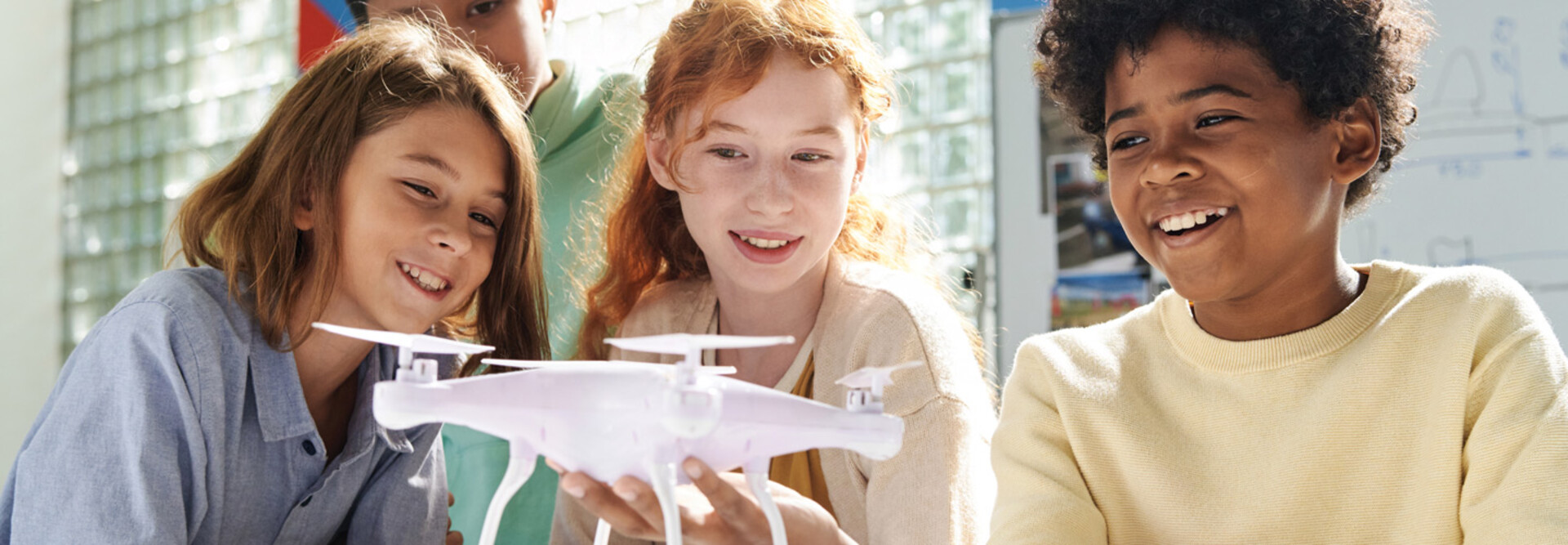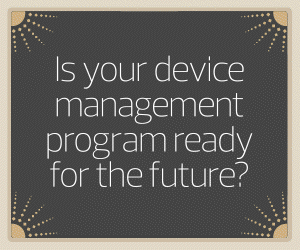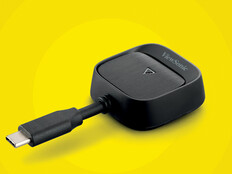As students continue into middle school, they take part in more advanced, hands-on projects. For example, as part of a geography unit, students might code the drones to simulate emergency supply drops or map areas of the school. The drones aren’t the focus of these lessons. Instead, they’re tools that help solve a problem.
To ensure safety as part of the program — and to teach the students additional responsibility — we incorporate the Federal Aviation Administration’s TRUST certification process into lessons for our middle school students.
By integrating drones into learning standards for math, science and language arts, we can ensure that learning is interdisciplinary and purposeful.
Find Creative Solutions for Program Costs
Cost can be a major concern for schools considering drone technology, but it doesn’t have to halt a program before it gets started. With numerous drone technologies available for education, there are options for schools working within any budget.
At our school, students designed the drone charging station using recycled materials and solar-powered elements, which were donated by the STEM club. The hands-on approach and involvement have deepened student investment, and the process of designing a charging station has taught students practical skills while minimizing long-term expenses for the school.
WATCH NOW: A student repair team saves its school time and money.
Encourage Internal and External Learning Opportunities for Staff
We knew that to make drones sustainable, we first needed to empower teachers.
Our staff participates in professional learning through regional and national drone education conferences to build their comfort and technical fluency. These experiences are then shared in what we call Flight Huddles, which are monthly staff sessions in which educators co-design lessons, troubleshoot and reflect on student progress.
Through sharing resources and success stories, we’ve built a culture that doesn’t rely on one tech champion, but instead supports collective ownership of the program.
Re-Evaluate What Success Looks Like for Students and Schools
Student and program success is measured by more than the number of flight missions that students complete. We look at students’ spatial reasoning, problem-solving, collaboration and communication skills.
They also learn to write technical briefs, present mission debriefs and reflect on their design decisions. We’re even seeing older students begin to mentor younger ones by teaching them flight safety, helping with coding and proposing new mission ideas. The drone program has become a tool for leadership and learning within our school culture.
RELATED: Prepare students for a tech-driven future with digital fluency.
Beyond the excitement of new ed tech, drones allow students to engage in critical thinking, engineering and collaborative problem-solving. Schools that want to start their own programs should align drone use with curriculum standards, invest in affordable and scalable equipment, support professional development for teachers, and measure student success in soft skills as well as technical lessons. These elements will allow schools to move beyond the buzz and build drone programs that truly take off.
As I often tell my students and colleagues, “If you want your ideas to soar, don’t just launch them, build a runway.” A sustainable drone program isn’t about the flight, it’s about the foundation.











